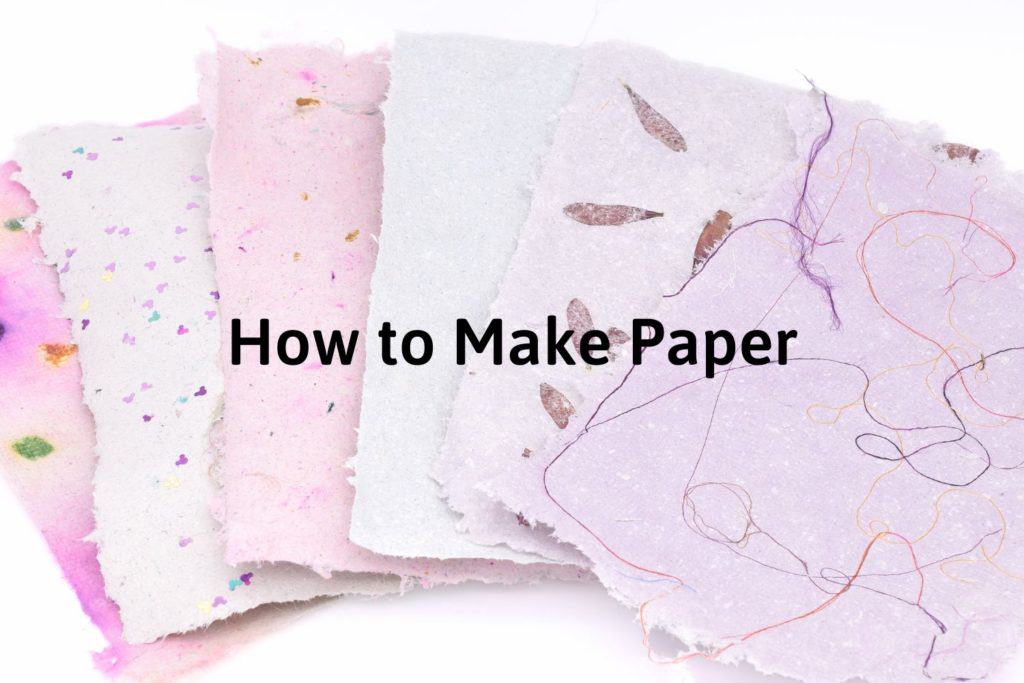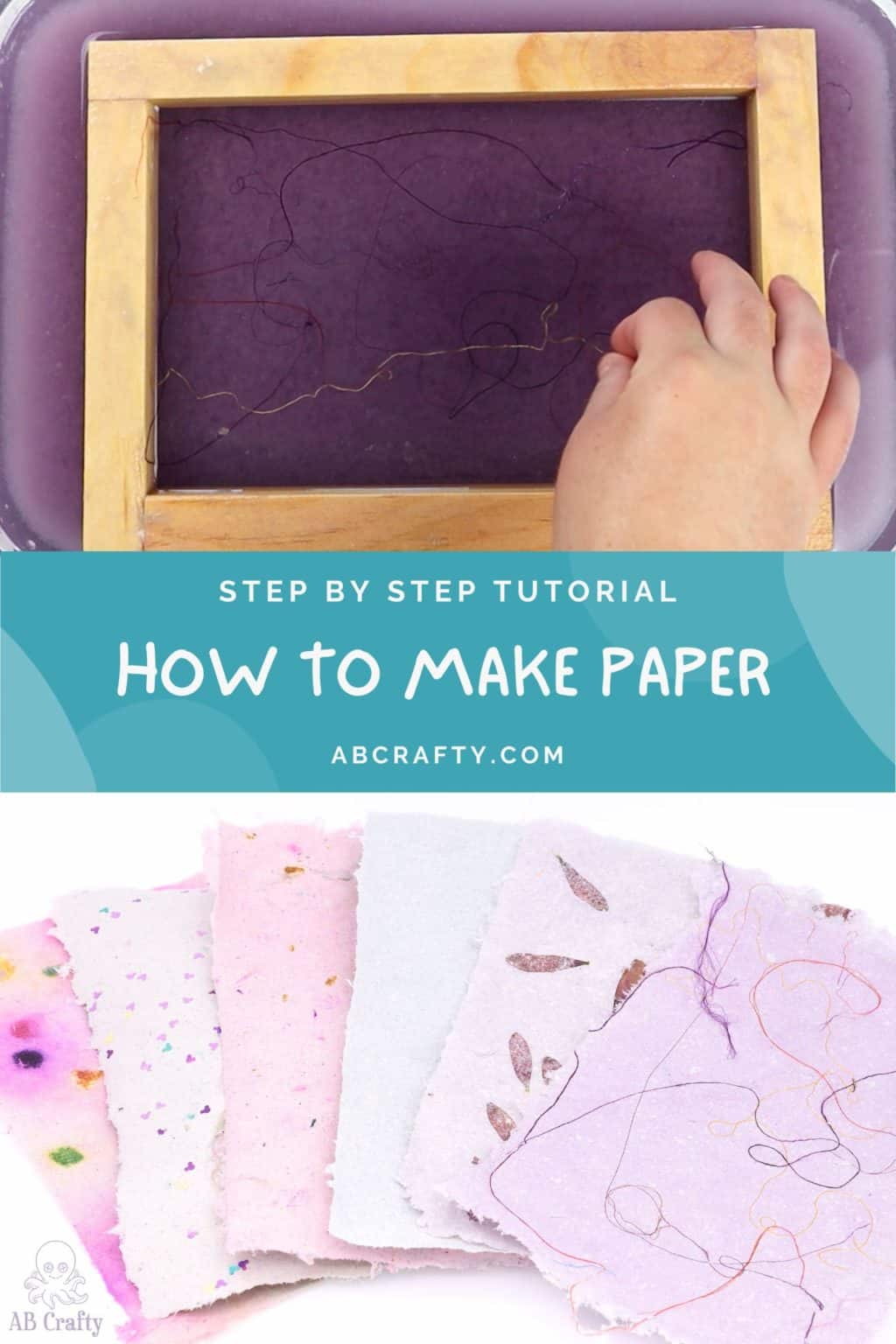How to Make Paper
Home » Blog » DIYs and Craft Projects » How to Make Paper
-
Daniela Kretchmer
- Updated: Aug 30, 2024
- Nature, Upcycle

Learn how to make paper with this easy step-by-step guide! I’ll show you what materials you need, how to use a paper making kit, and the process of creating your own custom paper in just a few minutes.
Table of Contents
I first tried paper making in elementary school and remember it being incredibly complicated and taking forever. I don’t know why this was the case and for quite a while I’ve been itching to try it again.
As I figured, the memory was likely influenced by other factors as the process for how to make paper is neither complicated, nor time consuming and is a fun upcycle project for both kids and adults. So here I am, excited to debunk the myth of complexity around paper making and guide you through this exciting journey of creating your own, unique sheets of paper. I show you how to make simple plain white sheet and then how to add fun colors and embellishments.
Note: Some links in this post may contain affiliate links, which means at no cost to you, I may earn a commission.
Get the latest DIY tutorials, reviews, and crafting updates
You'll never be spammed and can unsubscribe at any time
Don’t forget to pin it so you can easily come back to it later!

Materials to Make Paper
- Paper Making Kit (this is similar to the one I used)
- Hand Blender (this is the one I have)
- Scrap Paper
- Large Bowl
- Tray (this could be a dish or plastic bin)
- Sponge
- Iron
- Ironing Board or Mat (this is similar to the mat I have)
- Mica Powder, optional (this is the set I used)
- Embellishments, optional (this could be glitter, string, dried flowers, confetti, etc). I used glitter, dried petals, angelina fiber (Amazon) and Mickey Mouse confetti (Etsy)


